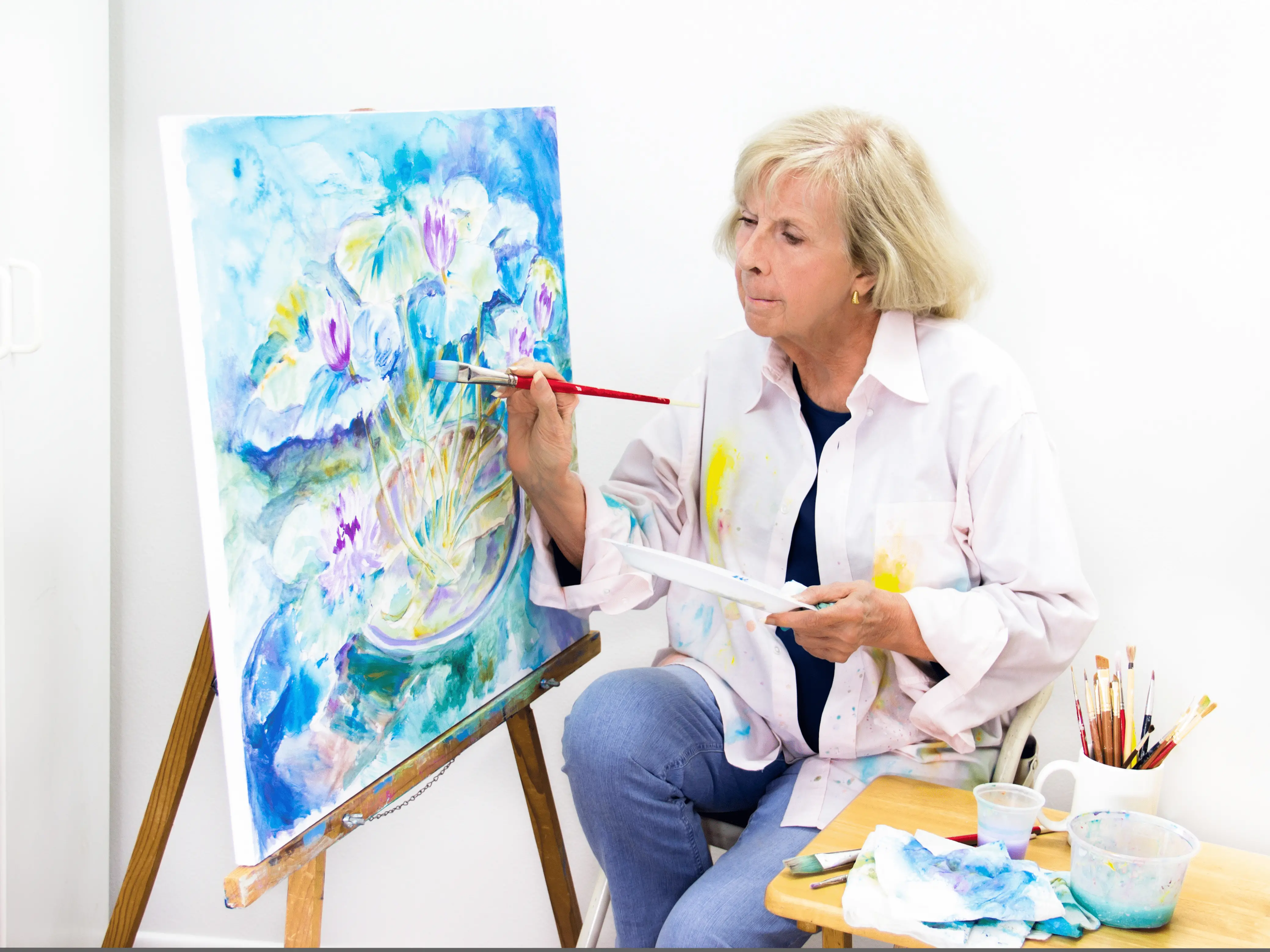You might get the reference photo and think about starting the painting, but from where do you start? This is the thought of almost all the newbies including myself when starting on painting. You might wonder if it would be better to start painting the background first.
In general, with all art mediums like acrylic, oil, and watercolors background is painted first. Start by blocking in the general colors, shapes, and values. This helps to determine the colors and values of the whole painting. Portrait backgrounds are determined by the subject and it comes last.
However, you can do the background last or in the middle of the painting depending on your painting style and the medium. The medium you need to get this right is watercolor compared to other mediums like acrylic and oil paint. Otherwise, you will make a muddy mess in your painting.
Should you do the background of a painting first?
In general, the background is painted first in landscapes and seascapes. Most artists prefer to do backgrounds last in portrait paintings. Background colors are usually lighter, less saturated, and less detailed while the foreground is darker, more saturated, and more detailed
You can always touch up the background layer at any moment in the painting. You can add more or fewer details to the background depending on how detailed your foreground elements are.
In art, there are no hard and fast rules. If painting the background last, first, or in the middle works for you, then go for it. However doing the background first helps you to build up layers easily, especially when doing details like fur. This helps to make your painting more in-depth.
What should you paint first when starting?
Start with the background. You can even start by toning the canvas or paper with a color that you like to be the base color of your whole painting. Then add the background elements in a paler, less saturated, and less detailed manner.
Move to the foreground. It will be more detailed and saturated than the background. Then you can do the foreground. It is much darker and more saturated than the rest of the painting. Also, add as many details as you like in the foreground.
However, if doing a portrait start with the most difficult parts of the face first. Then do the rest of the face, then the hair, and lastly the background. Paint the background to match the main character.
I have written a whole article about acrylic paint color mixing charts. You can learn a lot about mixing all the primary and secondary colors there. There is a free downloadable color mixing chart and a grid as well.
Do you do the background first in acrylic paint?
In general, when painting in acrylics, the background is painted first. The painting is developed from background to foreground, and from dark to light. This builds depth in the painting. Objects in the background are less saturated and detailed while the foreground is the opposite.
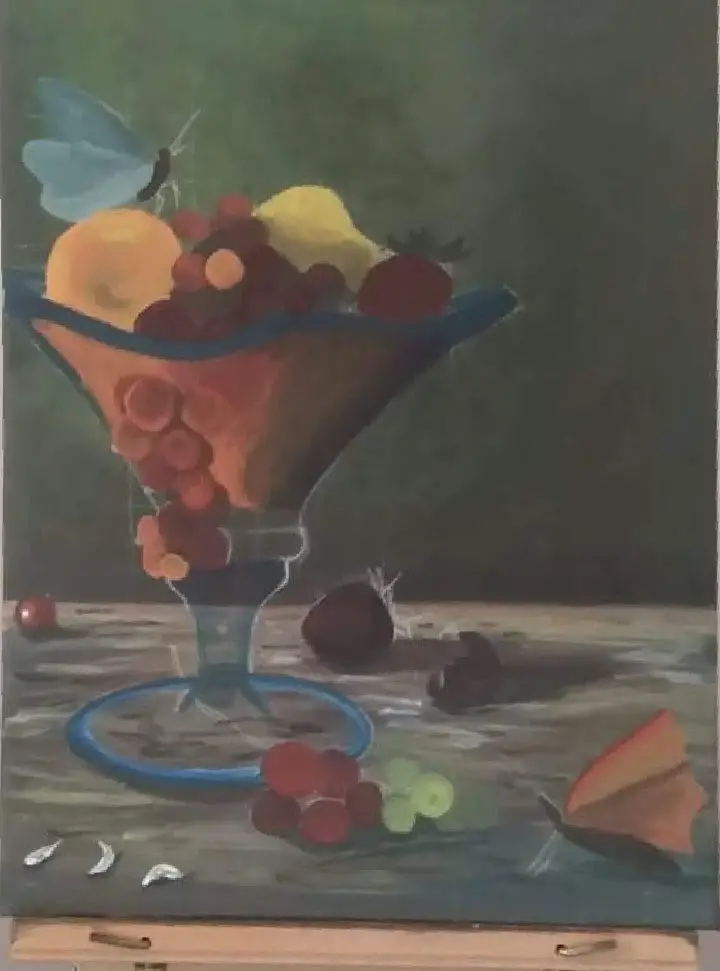
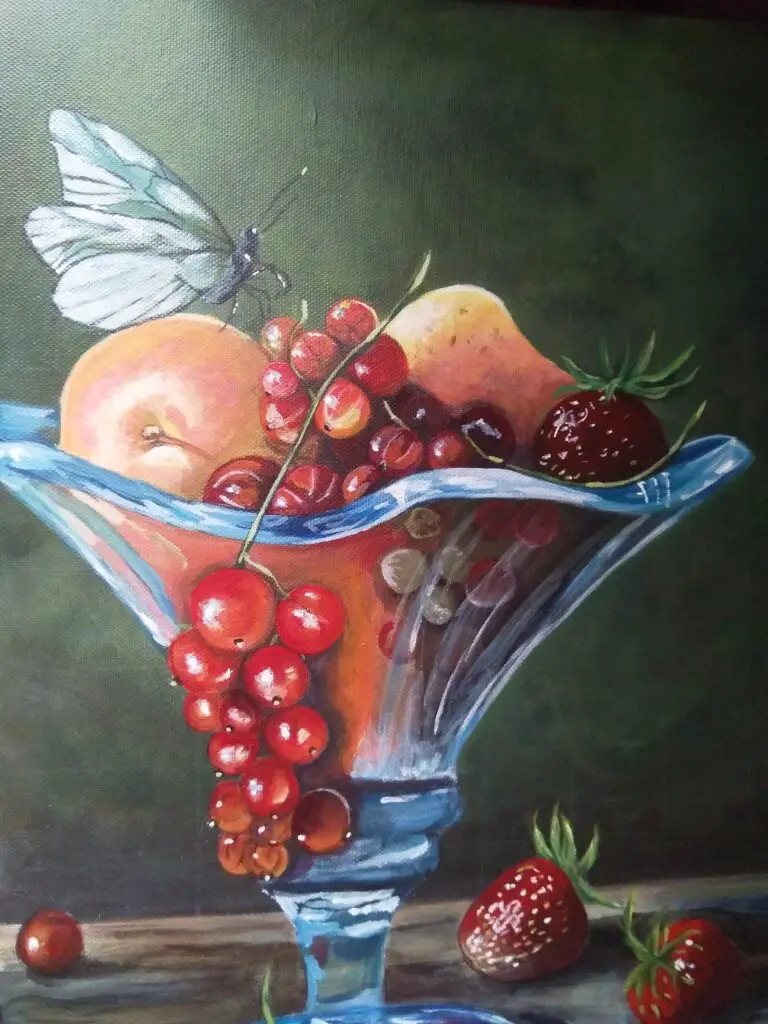
Painting background first in acrylic landscape
In my last landscape acrylic painting, I painted from top to bottom, back to front. I did not tone the background (meaning did not have a background color to start with). Although I generally painted from back to front, I painted a piece in the background last.
When you paint the background first you can get an idea about the values and saturation of foreground elements by comparing them to the background. Usually, the background has lighter values and dull colors compared to the foreground.
When painting a landscape you can start with the sky start or tonal ground or background color. Add the elements that are farther away in the background. These elements are less saturated, lighter, and duller. This way you will not paint over the foreground subjects.
You can always touch up the background layer later if you need more elements or tweak something. Acrylic paint being fast-drying and opaque makes changes easy. Always paint the elements farther away first and closer ones last. Lastly, add details and highlights to the elements of the painting.
Painting backgrounds last in acrylic portrait
Many portrait artists whether acrylic or oils start from the foreground. They start with the most detailed and difficult part of the portrait first. There is also a psychological reason behind this. When you tackled the most difficult part first. You can build up and finish the painting much more easily.
The main character or the subject of the painting often determines the background. So be flexible with the background in a portrait. If you are sure about a color you can even paint the background first. However, you can do little tweaks and changes at any point in the painting process.
Doing the background later in a portrait makes it easier to add lightness around the subject as well. Some artists prefer to paint from the outer edge to the center of a portrait.
Different acrylic art styles that do the background last
There are many different art styles in the world. You might not be painting a traditional landscape or a portrait, but a more expressionist style of art. Or you might be doing art that is close to pop art, cartoonist characters, or abstract art. In these cases, you might have found doing the background last works the best.
You can even do the background at any point in your abstract painting. Most of the time you might not have planned your abstract painting. So you can do anything that you feel with abstract art or any art to be exact.
Do you paint the background first with watercolor?
Watercolor is a completely different beast than acrylic or oil paint. You need to know whether to paint the background first or last and how to paint it. Otherwise, you will make a muddy mess in your watercolor painting. When doing watercolor portraits paint the background first and then the subject and details.
Some bloggers on the internet have suggested covering the area of the subject first with masking fluid and then painting the background. This way you could avoid mixing the subject colors with the background color. However, as I have found most successful watercolor artists never mask or use masking fluid.
Painting background first in watercolor landscape
When doing landscapes or seascapes in watercolors the painting is done from back to front. So the farthest away is the sky and it is painted first. Then move from the top to the bottom part of the painting. Use light watercolor washes first. As a rule of thumb always paint from light to dark in watercolor.
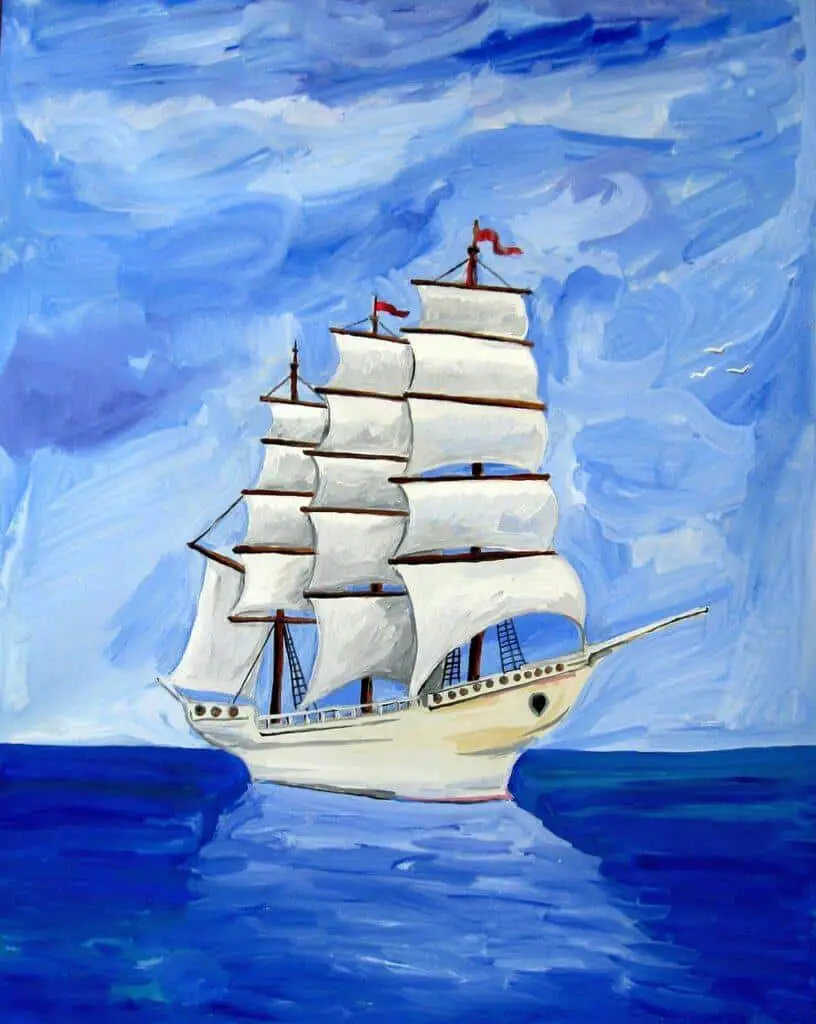
Most artists start with light color washes of paint to create unifying colors for the whole painting. It even helps to make the basic structure of the painting. Then you can add darker colors and more details. The hardest thing is preserving the lighter colors whether it is the light background color or the white paper.
When doing a watercolor landscape do the sky as an all-over wash. Then you can work on land or sky. Work layer by layer in rhythm. Work fast using a larger brush, at medium speed with a medium-sized brush, and slowly with a detail brush.
The background is an important aspect of a painting. It should not be considered an arbitrary afterthought. Instead, it needs to be used to create a cohesive painting that achieves your goals.
Using masking fluid in watercolor paintings
You can even use masking fluid to mask the subject and then do the background without the subject being affected. Masking is only needed when you want specular highlights, sharper edges, or contrast. So most watercolor artists that you might already know do not use masking fluid in their paintings.
Whether you are masking or not depends on the subject, style, composition, and process. Masking can be useful when the subject is complete and if you want a clean-edged painting. You can also mask the important pieces of the painting.
In this case, mask where the subject is before putting down the paintbrush on the paper to leave the subject white. Then paint the background. Now you can remove the mask and start painting the subject with color, and detail.
You can also mask when the subject has very irregular or complex edges. Mask those edges first and then paint the background. Masking fluid is a tool. If it is more useful to you there is nothing wrong with using it. But if it is less useful and does not support your expressive intent consider not using masking fluid.
Painting in watercolor from background to foreground
When you find a watercolor painting you love, ask yourself how you might have done it. What you will paint first and develop the painting from there. That will give you insight that is tied to different examples. You will know when and what to paint.
Some artists like to go from light and soft backgrounds to detailed, dark, and sharp-edged foregrounds. But some artists do not like that. It doesn’t matter if you choose to do the background first or last. Always choose the approach that works best for your painting expectations.
Do you do the background first with oil paint?
In general oil paintings are done from back to front, top to bottom, and dark to light. The background that is farther away will be done first, then the middle ground and foreground. You can always adjust the background tones and values as you go.
The background will be lighter, duller, less detailed, and textured while the foreground is darker, saturated, more detailed, and textured. Most importantly as this is oil paint you need to wait until the previous layer dries more or less before adding more layers.
Painting the background first in oil painting
As a best practice try to block in the background first with the right general colors and values. Do this color-blocking step in the whole painting. Some artists like to tone the canvas with a background color that will be shown throughout the painting from unlayered spots.
Blocking colors at the beginning of the painting helps you match values, colors, and tones. This gives all areas of the painting equal attention. Most oil artists like to tone or stain the canvas before painting except in portraits.
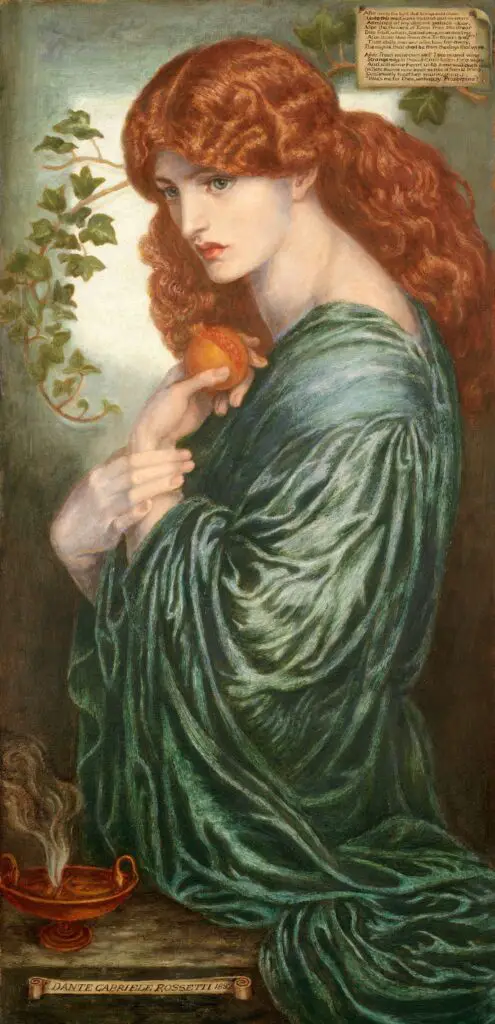
The reason is that we cannot see colors unless our brain interprets colors, based on the surrounding colors. You will always see colors in comparison to others. This is called as “color perception” of our brain. So it is always better to have something to compare colors to.
If you want to read more about how we see colors and how our brain interprets colors that do not exist, you can read my article, Violet vs. Purple: difference explained in simple terms.
Most importantly painting the background first helps to judge the other colors in the painting. It helps to build one cohesive painting, especially in seascapes or landscapes.
Painting the background last in oil painting
When painting portraits background comes last. The main character of the painting often determines the background. Be flexible with the background and do tweaks or changes the background as you paint. You can start the portrait with the face, background then hair.
Painting the background last has some negative effects like losing depth in painting. To avoid this you can plan out the whole painting beforehand or do thumbnails of the painting with different backgrounds, middle grounds, and foregrounds. This way you will always know what comes next.
The portrait starts by tackling the most difficult parts of the face, like the eyes. It is for psychological reasons. When you tackle the most difficult parts of a painting first, the rest becomes easier. An artist once said, “If the face isn’t right. Don’t bother with the rest”.
Painting everything simultaneously in oil paint
Instead of painting the background or the subject first, you can do everything simultaneously. Some artists prefer this method in different painting styles. You can even start with details and do everything at the same time, layer by layer.
This is a best practice mostly when you are doing pre-planned paintings. Painting the whole thing or color blocking at once also helps you to evaluate your color choices, values, and composition better. I do color blocking in almost every painting.
Conclusion
Paintings are usually done from back to front, dark to light. The background helps to determine the values and colors of the midground and foreground of a painting. However, in watercolors, you can start with a lighter color paint wash as the background and then build upon it. This prevents the watercolor painting from getting muddy.

